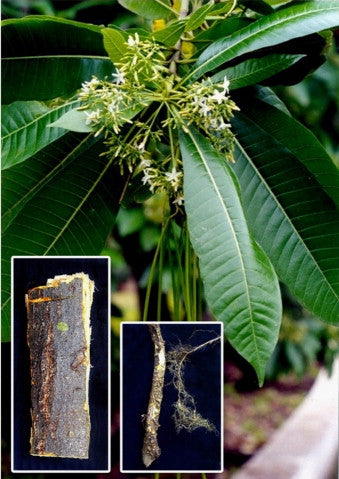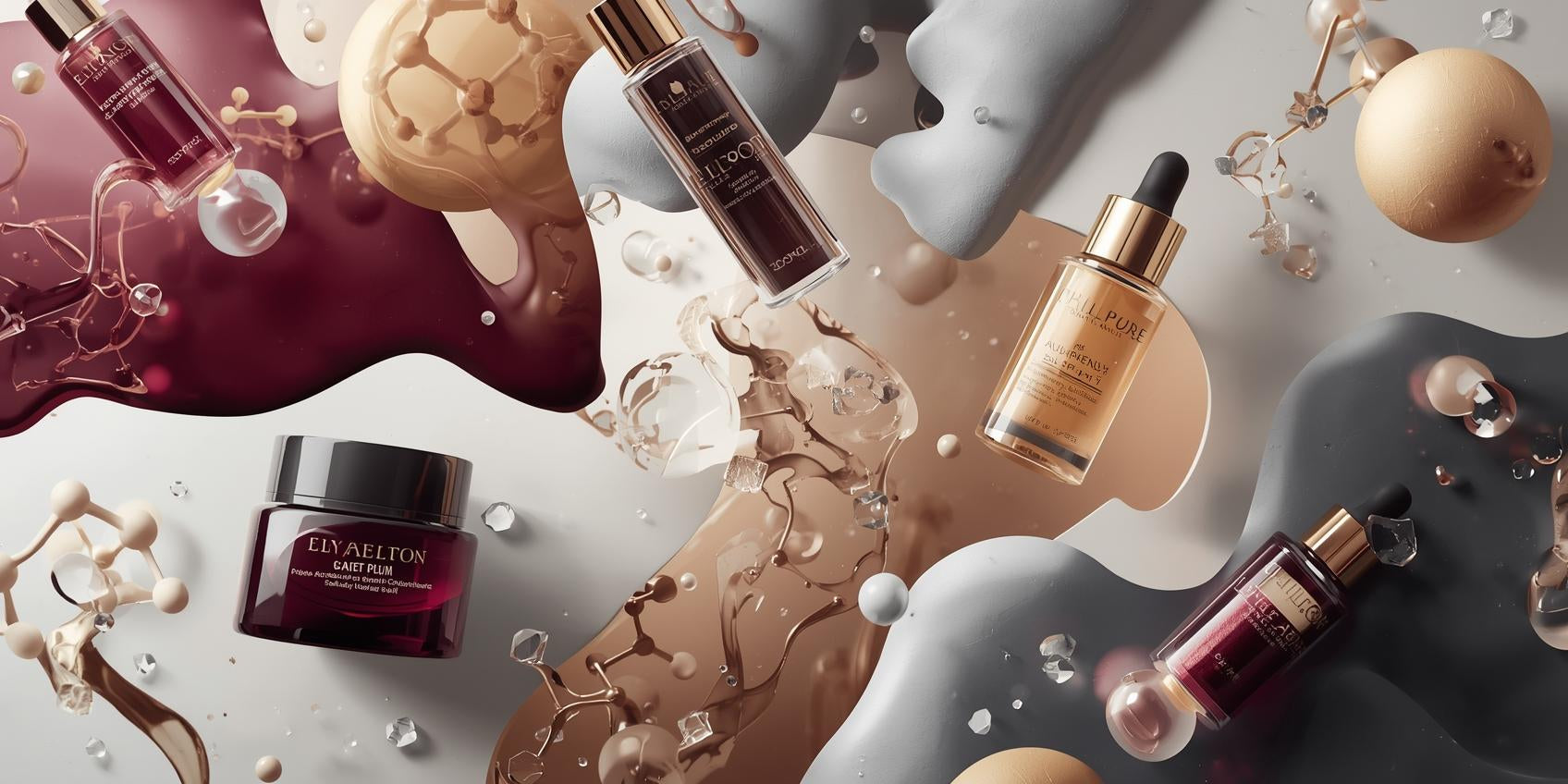Blue pea petals are naturally rich in anthocyanins—especially ternatins—plus supportive flavonols like quercetin and kaempferol. In formulas, that means an antioxidant “umbrella” to help mop up free radicals from UV exposure and city life. The kicker? It’s pH-responsive: at skin-friendly pH it runs a brilliant blue; drop the pH and it shifts toward purple. Formulators use that behaviour for fun sensorial stories without relying on synthetic dyes.
What it does for skin and scalp
-
Daily defence: Helps counter the look of dullness and early photoageing linked to environmental stress.
-
Calm & comfort: Gentle on easily irritated or post-sun skin; great after cleansing when skin can feel tight.
-
Radiance support: With consistent use, many formulas featuring blue pea help skin look fresher and more even.
-
Scalp care: In shampoos or tonics, it supports a comfy, balanced scalp and a healthy-looking shine (it’s not a hair-growth active, and that’s okay).
Where it shines in formulas
Blue pea is usually water-soluble (in water or glycerin), so it slides right into:
-
Hydrating toners and essences
-
Lightweight gel serums and moisturisers
-
Eye gels and sheet masks
-
Post-sun mists
-
Scalp tonics, micellar shampoos and leave-in sprays
It plays nicely with humectants (glycerin, betaine), barrier helpers (panthenol, allantoin), and niacinamide at sensible pH. Pair it with Centella or green tea when you want extra “calm”.
Formulation notes (for the chem-curious)
-
Typical use levels: ~0.5–5% in leave-ons; up to ~10% in rinse-offs (supplier specs win).
-
pH & colour: Aim for pH ~4.5–6.5 to keep that blue stable; too acidic and you’ll drift purple.
-
Processing: Avoid prolonged high heat; store in light-protective packaging.
-
Chelation: If your water’s mineral-heavy, add a chelator (e.g., GLDA/EDTA) to minimise discolouration.
-
Surfactants: Keep alkalinity moderate in shampoos to preserve clarity and hue.
Skin types & suitability
Vegan, naturally derived, and generally well tolerated across normal, combo, oily and dry skin. Sensitive folks usually do fine when the overall formula is gentle and fragrance-light. As with any botanical, patch test if you’re reactive.
Real-world claims you can make (check your local regs)
-
Antioxidant protection
-
Helps defend against environmental stress
-
Helps soothe and comfort skin/scalp
-
Supports a healthy-looking barrier
-
Promotes radiance
-
Plant-based / naturally derived / vegan / cruelty-free
-
pH-responsive colour story
How to use it in a routine
Think “daily driver”: a hydrating toner in the morning, a gel serum at night, or a post-sun mist in summer. For hair, use a micellar shampoo a few times a week and follow with a light scalp tonic if you’re prone to sensitivity.
Properties
Hair nourishment, Hair growth promoter, Hair darkening agent
INCI Name
Clitoria ternatea Flower Extract




